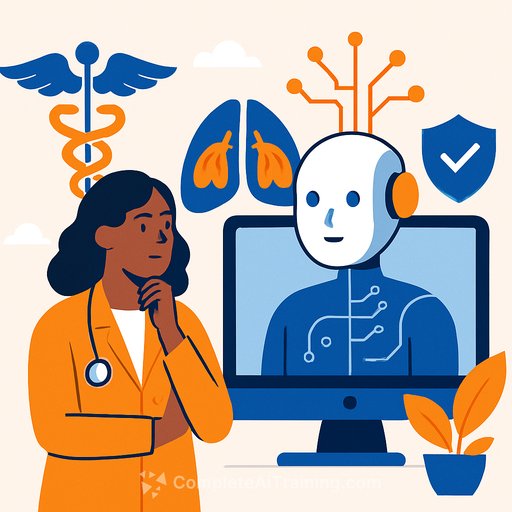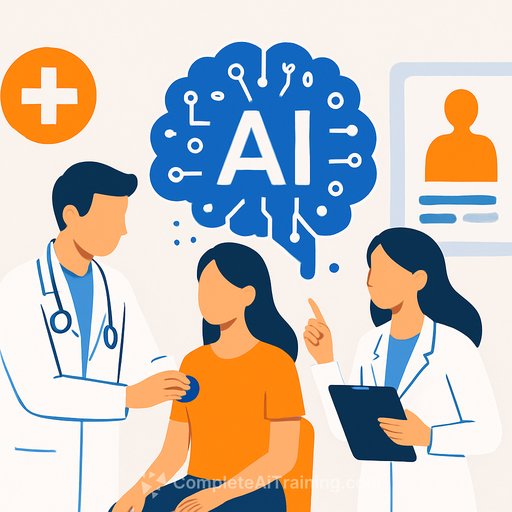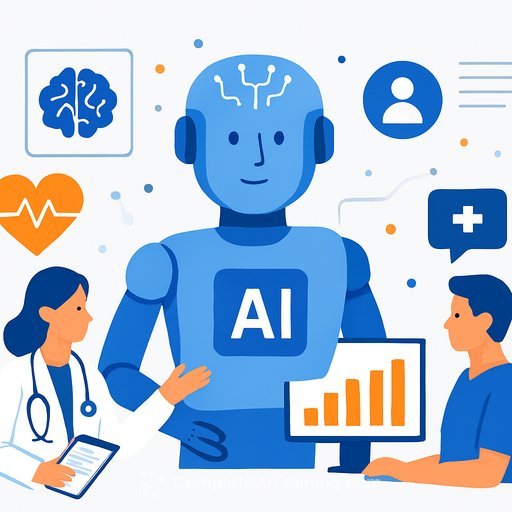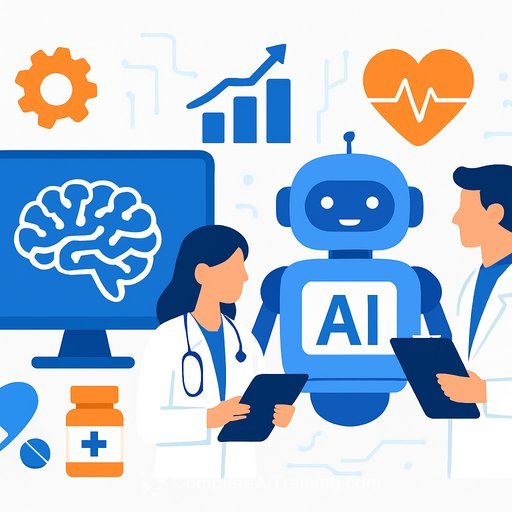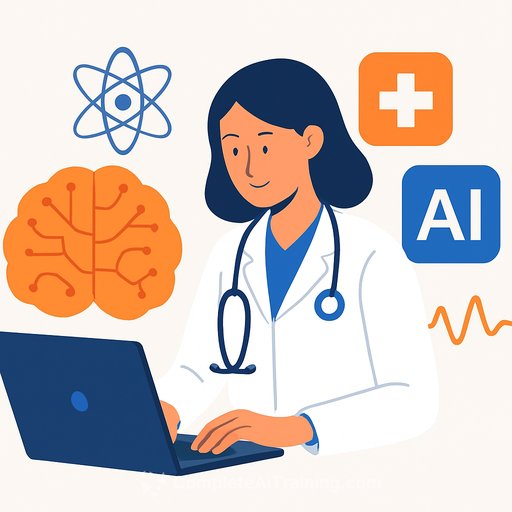Leading AI Integration at Children's Hospital of Philadelphia
Dr. Hojjat Salmasian serves as the vice president and chief data and analytics officer at Children's Hospital of Philadelphia (CHOP). Beyond his official title, he co-leads the hospital's AI strategy and co-chairs its AI governance committee. With a background as a primary care physician and assistant professor in medicine and biomedical informatics, Salmasian brings clinical insight and research expertise to his leadership role. His extensive work focuses on improving healthcare quality and patient safety through health IT and AI.
Growing AI Capabilities within CHOP
CHOP has a well-established data and analytics program. When the vice president of data analytics moved to a new role, the organization sought a leader who could build on that foundation and expand into data science and AI. Salmasian’s prior experience involved applying data science to hospital operations, making him a natural fit to guide CHOP’s AI journey.
The hospital wanted someone with a blend of technical knowledge, leadership skills, and clinical and research experience. This combination is essential to create platforms that facilitate AI and data use across research, clinical care, and education. Salmasian's diverse background enables him to bridge these domains effectively.
Key Skills for AI Leadership in Healthcare
To lead AI initiatives successfully, one needs a solid grasp of data science and AI technologies. Many tools in this space are new and complex, so understanding when and how to apply them is crucial. Salmasian emphasizes the importance of familiarity with conceptual frameworks and technical dependencies.
Equally important is strong leadership, particularly in matrix and symbolic leadership styles. AI work at academic medical centers involves multiple teams—informatics, applications, cloud, analytics—all collaborating to support clinical and operational leaders. The AI leader must inspire and influence across these groups without relying solely on direct authority.
Symbolic leadership means setting a compelling vision that motivates others to change behavior voluntarily, even if they don’t report directly to you. Since AI projects cut across departments, a top-down approach alone isn’t effective. Influencing frontline clinical staff and technology teams alike is necessary to integrate AI meaningfully into healthcare workflows.
Broad Influence and Governance Responsibilities
Salmasian also leads CHOP’s AI governance committee, which develops guidelines to ensure responsible and effective AI use. He is responsible for shaping the AI strategy, including prioritizing use cases, allocating resources, and adapting organizational structures to support AI deployment.
His team plays a key role in AI literacy training, helping staff understand and engage with AI tools appropriately. This education is critical for widespread adoption and successful integration.
Balancing Strategy and Execution
Daily, Salmasian’s work mixes strategic planning and tactical implementation. Strategically, he aligns teams around a shared vision and addresses challenges. Tactically, he participates in governance decisions, road-mapping, literacy initiatives, and deploying AI platforms that make AI accessible throughout the organization.
No two days are the same, and he finds value in solving various challenges that advance CHOP’s mission and vision.
Practical AI Applications at CHOP
CHOP currently uses AI in clinical care, operations, and research. Clinical applications include predictive and generative AI models integrated into the electronic health record (EHR). Operationally, AI supports revenue cycle processes through predictive models.
In research, CHOP develops AI tools that assist investigators and supports AI-focused research projects. Additionally, CHOP has implemented AI for labor productivity and general-purpose use, including a proprietary large language model called CHOP GPT. This tool offers a secure, privacy-compliant alternative to public LLMs, allowing staff to benefit from AI without exposing sensitive data.
Data and Platform Foundations
On the foundational side, CHOP ensures its data is AI-ready and maintains platforms that streamline AI development. This infrastructure supports efficient creation and deployment of new AI tools.
One notable AI deployment is an EHR feature that helps clinical teams respond faster to patient portal messages. After adapting the tool to pediatric care needs, CHOP became one of the first to demonstrate its value successfully. So far, the AI-assisted responses have saved clinicians between 20 and 40 seconds per message, accumulating to millions of seconds saved monthly. These time savings translate into more availability for other critical tasks.
CHOP’s approach highlights how healthcare organizations can integrate AI thoughtfully by combining technical expertise, leadership, governance, and practical applications that improve care and operational efficiency.
For healthcare professionals interested in expanding their knowledge of AI tools and strategies in clinical settings, exploring targeted AI training can be valuable. Resources such as Complete AI Training's latest AI courses offer practical guidance tailored to healthcare roles.
Your membership also unlocks:

